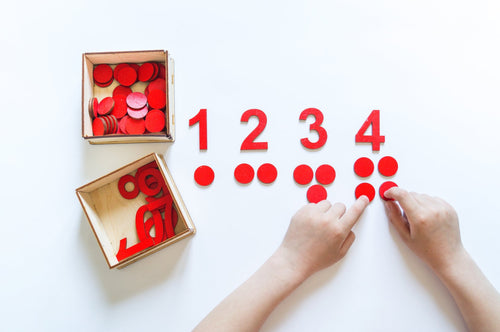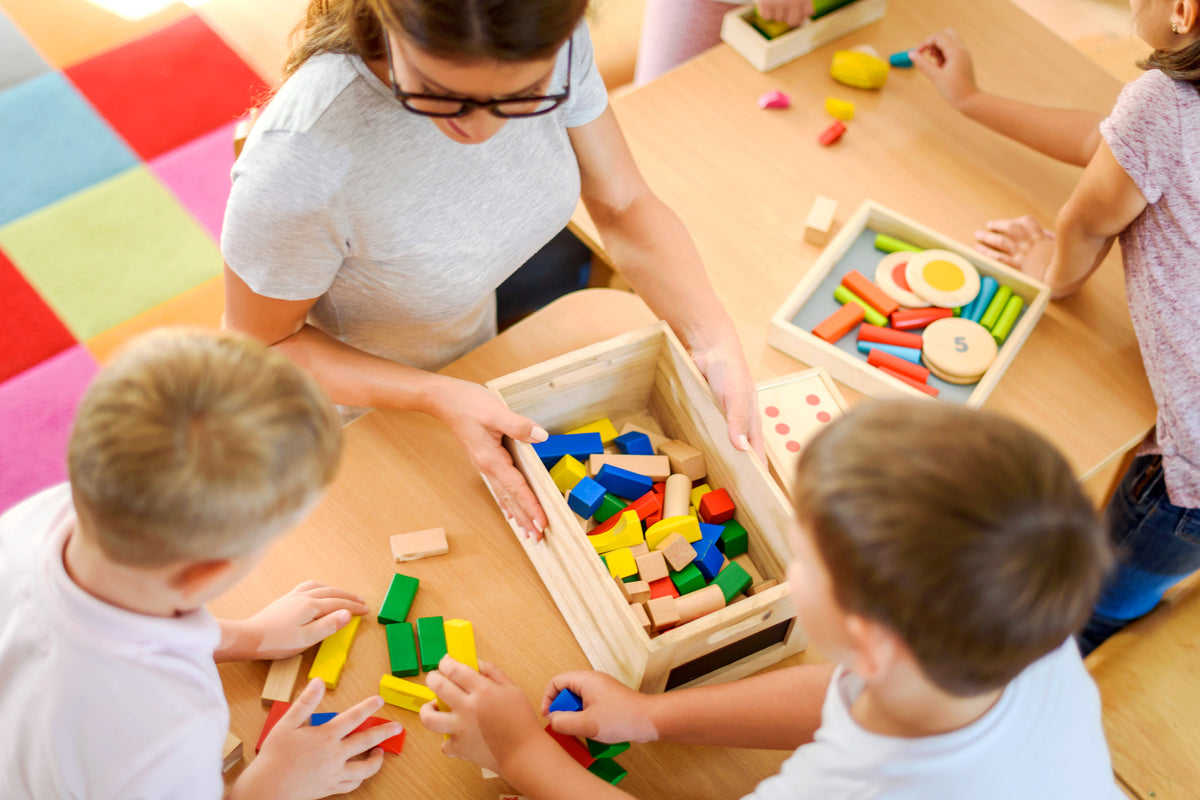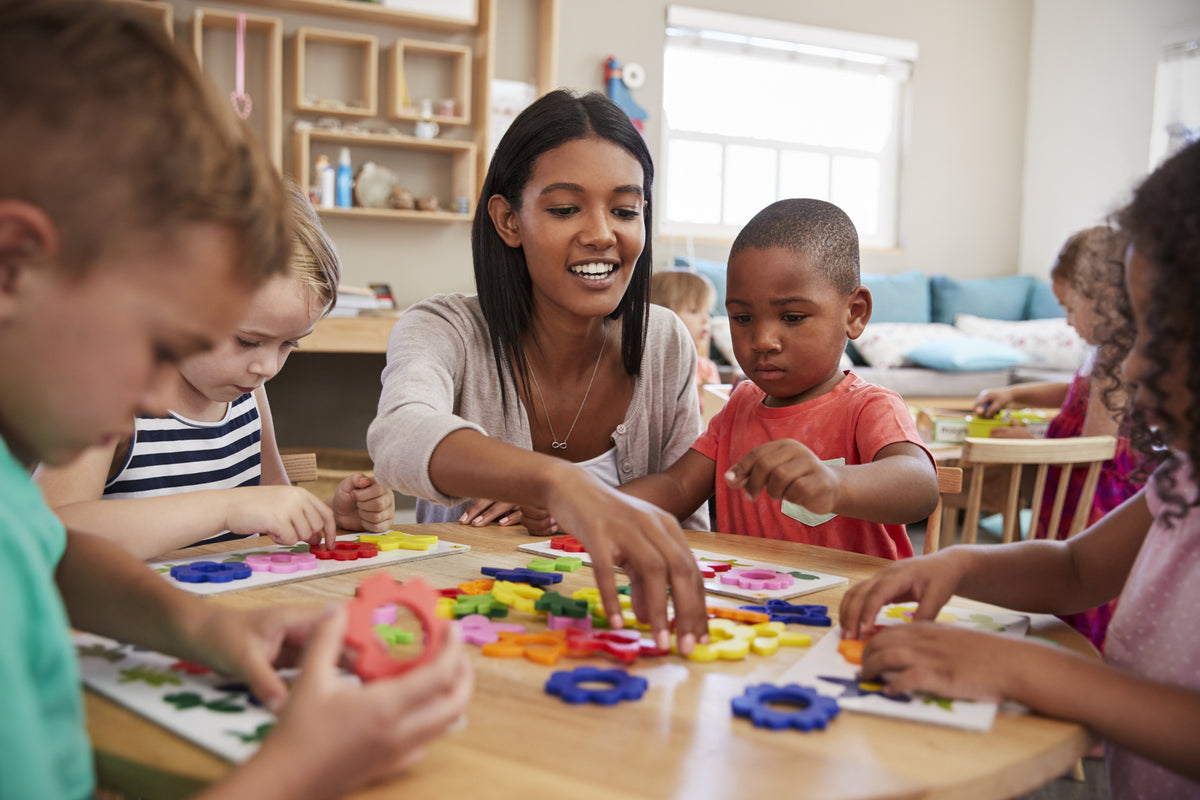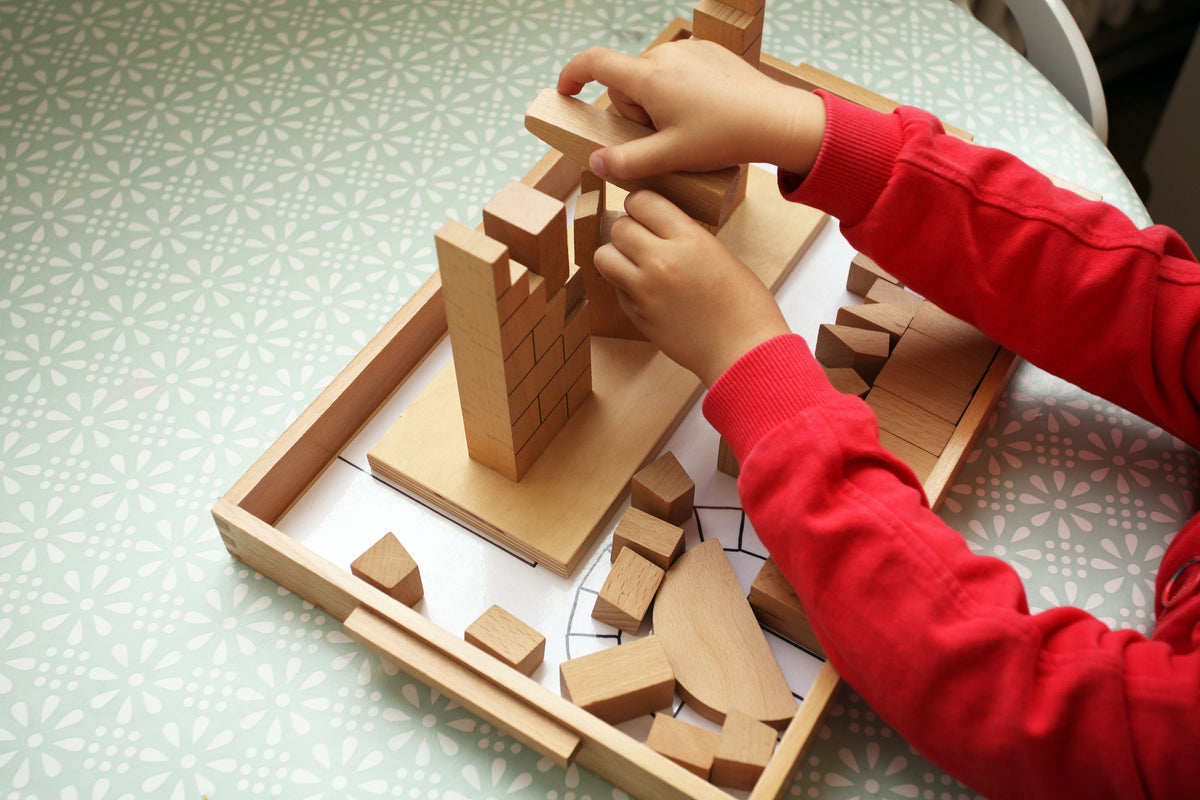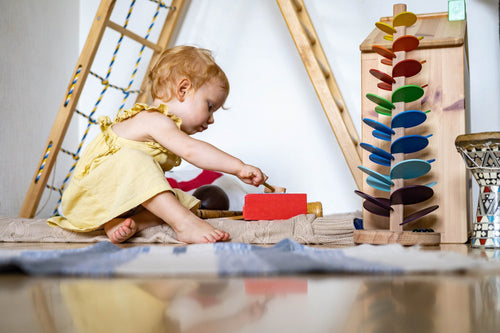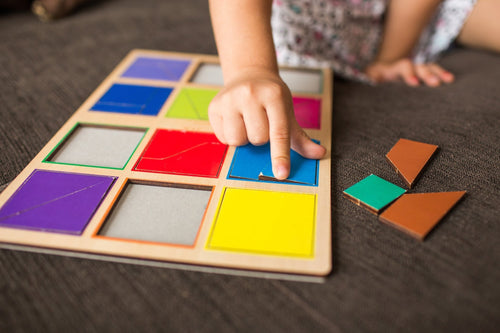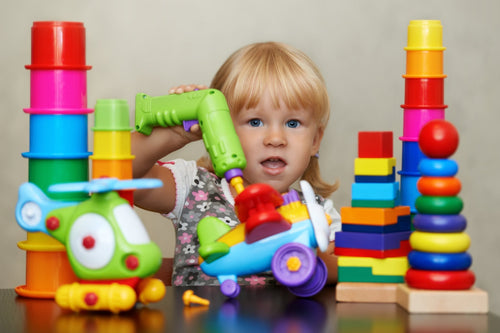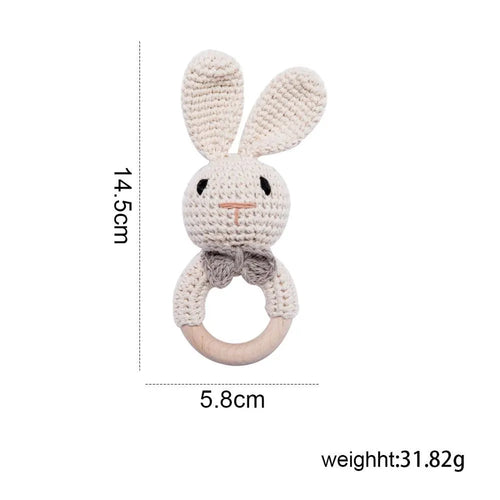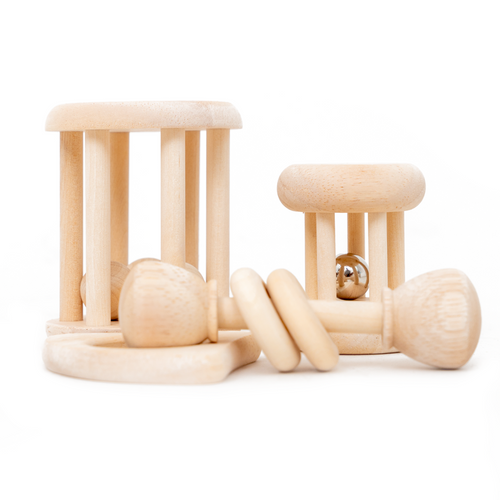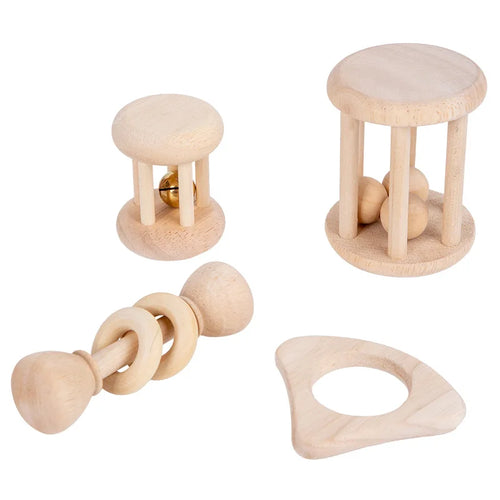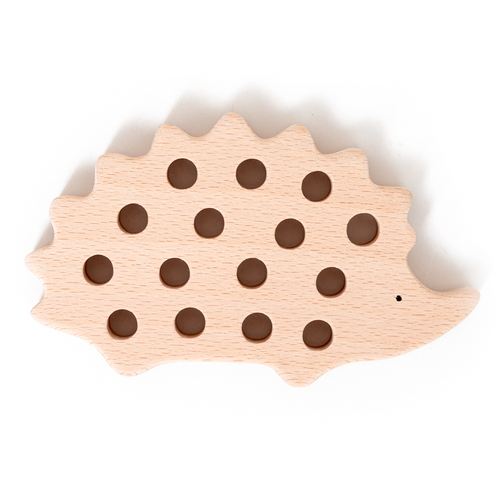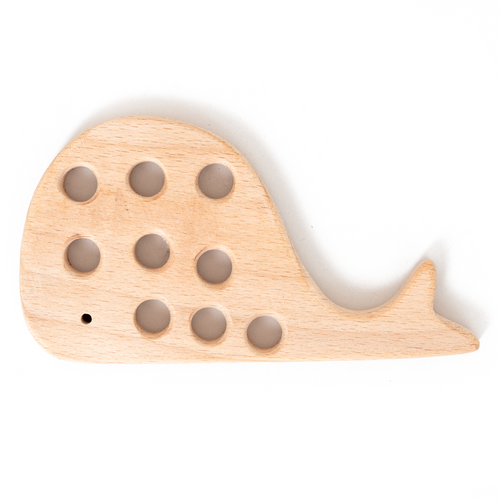Quick ideas by goal:
- Language: real-object baskets; object↔picture matching; “describe & guess” with mystery bags.
- Fine motor: scoop & transfer (beans → pompoms → beads); tweezers; eyedropper color mixing.
- Executive function: magnetic maze; pattern tiles with simple guides; two-step sequencing cards.
- Regulation: slow glitter bottles; sound cylinders (quiet→loud); heavy-work helpers (carry, push).
Why does sensory play matter so much for the growing brain?
Short answer: Repeated sensory experiences organize the brain. Every time a child scoops, listens for a soft sound, or traces a texture, neurons that fire together wire together. That “wiring” supports attention, movement planning, language mapping, and stress recovery later on. In early childhood, the brain is unusually plastic—rich, patterned input now yields outsized returns.
Think of sensory play as a gym for perception and prediction. Pouring water demands visual tracking, hand control, and cause-and-effect. Listening to sound cylinders trains auditory discrimination—key for processing speech later. Handling rough/smooth boards builds tactile discrimination, which supports tool use and handwriting readiness in the preschool years. Repetition is not boring to the brain; it’s a feature that stabilizes circuits.
Sources (section): NIH/NICHD Early Learning & Development nichd.nih.gov; Harvard Center on the Developing Child—brain architecture & experience developingchild.harvard.edu.
How does sensory play boost language and early literacy?
Direct answer: Concrete experiences give children words that actually mean something. When your child dips a hand into warm rice, they feel “warm,” “grainy,” “slow.” When they pour, you can model spatial words—“into,” “over,” “full,” “empty.” Linking sensations with precise language is how vocabulary sticks and later reading comprehension grows.
Try a real-object basket tied to one routine (bath items or kitchen tools). Name items inside the routine (“soap on hands,” “cup of water”), not as a quiz. Next, add object↔picture matching using photos on plain backgrounds. For preschoolers, play “I-Spy” with initial sounds using 3–4 objects. Keep it joyful and short (5–7 minutes), then revisit daily; language grows best in small, frequent doses.
Sources (section): CDC—Communication & Positive Parenting strategies cdc.gov; American Montessori Society—language area overview amshq.org; Zero to Three—talking & vocabulary growth zerotothree.org.
What are the fine and gross motor benefits?
Direct answer: Sensory play surfaces (beans, water, playdough, sand) adapt to the child’s hands and give consistent feedback. That feedback teaches how much force to use (grading), how to coordinate both hands, and how to stabilize the wrist—essential for later writing and tool work.
- Fine motor progression: whole-hand scooping → pincer posting → tool use (tweezers, eyedroppers, lacing). Keep each activity on one tray with one clear goal.
- Gross motor link: carrying a heavy water pitcher to the sink or pushing a small laundry basket “loads” joints (proprioception). Kids often sit longer and focus better after a short “heavy work” task.
Scale difficulty by changing one variable at a time: container size, tool size, resistance, or number of pieces. If frustration spikes, step back one level and model slowly at the child’s side.
Sources (section): CDC—Developmental milestones & motor skills cdc.gov; AMI/AMS—Practical Life & Sensorial primers montessori-ami.org.
How does sensory play strengthen executive function (EF)?
Direct answer: Good sensory tasks come with a built-in plan. A magnetic maze requires working memory (where am I going?), inhibition (don’t lift the wand), and flexibility (try a different path). Pour-and-wipe routines demand start-to-finish sequences. When a child practices these micro-plans daily, EF skills—attention, self-control, and problem-solving—improve.
Keep EF tasks short and winnable: 3–5 minutes of maze or pattern tiles, then a movement break (carry a book, wall push-offs), then a second 3–5-minute task. You’ll get more cumulative practice than from one long session, and you’ll protect the love of learning.
Sources (section): Harvard Center on the Developing Child—Executive Function & Self-Regulation developingchild.harvard.edu.
What does sensory play do for emotional regulation and stress recovery?
Direct answer: Predictable, repeating sensations (scoop, squeeze, watch glitter fall) help the nervous system shift out of “high alert.” Children learn to notice cues (tight shoulders, fast breathing) and reach for tools—squeeze putty, slow visual timers, steady beats—to return to calm. Practiced in peace, used in storms.
Create a small “calm shelf” with a glitter bottle (30–90s fall time), a soft timer, and a squish tool. Rehearse a 2-minute routine after snack or before bath. Over time, you’ll see faster recovery after upsets and smoother transitions into seated play or reading.
Sources (section): NIH/NICHD—Self-Regulation resources nichd.nih.gov; HealthyChildren (AAP)—coping & calming tips for parents healthychildren.org.
Is sensory play helpful for neurodivergent children (autism, ADHD, SPD)?
Direct answer: Yes—when you match the type of input to the child’s profile and keep the environment low-clutter. Many autistic children benefit from deep pressure, slow rhythm, and predictable textures; many ADHD profiles benefit from short “heavy work” and clear, visible endpoints (mazes, sequence cards). Start with 2–3 tools that your child already seeks, teach them during calm moments, and practice a short routine every day.
Important: sensory tools support access and comfort; they are not cures. For weighted products or special medical considerations, check with your pediatrician/OT and always supervise awake use.
Sources (section): American Academy of Pediatrics—Sensory Integration Therapies (family summary) healthychildren.org; American Montessori Society—Inclusion & neurodivergence statement amshq.org.
How can I set up sensory play at home without mess or overwhelm?
Direct answer: Keep it small, repeatable, and easy to clean. Two trays visible; one new challenge weekly. Place a small work rug to define space. Put everything needed for the activity on the tray—materials, tool, and a cloth for spills—so your child can start and finish independently.
- Low-mess materials: dry rice/pasta (in a lidded bin), pompoms, kinetic sand (on a tray), water with a drop of food coloring.
- One goal per tray: “Scoop beans from bowl A to B,” “Match textures rough→smooth,” “Drop beads with tweezers into cups.”
- Teach the reset: model wiping, pouring leftovers back, and returning tools to their “parking spots.”
Sources (section): HealthyChildren (AAP)—toy & play safety, choking size guide healthychildren.org; U.S. CPSC—Toy Safety Center cpsc.gov.
How much sensory play is “enough”—and what does a week look like?
Direct answer: Think rhythm over marathons. Two daily windows of 8–12 minutes each (morning/afternoon) beat one 40-minute session. For toddlers, 5–7 minutes may be perfect. Pair a short sensory task with a story or snack; use consistent cues (same rug, same shelf) so the routine carries the habit.
| Day | AM (8–12m) | PM (8–12m) | Focus |
|---|---|---|---|
| Mon | Scoop & transfer (beans) | Glitter bottle + breath card | Fine motor & regulation |
| Tue | Texture match (rough→smooth) | Pattern tiles (3 cards) | Tactile & EF |
| Wed | Eyedropper color mix | Sound cylinders (quiet→loud) | Hand control & auditory |
| Thu | Object↔picture match | Heavy work helper (carry books) | Language & proprioception |
| Fri | Magnetic maze | Story + describe textures | EF & vocabulary |
Sources (section): Harvard—short, repeated practice for EF gains developingchild.harvard.edu; NICHD—experience-dependent learning & repetition nichd.nih.gov.
How do I know it’s working—what outcomes should I look for?
Direct answer: Track behaviors you can see. Look for longer bouts of focused play, fewer spills, smoother pincer grasp, more descriptive words (“sticky,” “tiny,” “empty”), quicker recovery after upsets, and easier transitions to seated work. Use a tiny weekly log: one line per day with a check for focus, a new word, or a calmer transition. Celebrate tiny wins; they compound.
Teachers can use the same indicators: time on task before moving, number of adult prompts required, and how independently a child resets the tray or returns materials. Photos of work cycles (start→finish) make growth visible to children and families alike.
Sources (section): CDC—observing development & when to screen cdc.gov; AMS—observation as core practice amshq.org.
Myth-busting: common questions about sensory play
“Isn’t it just messy fun?”
It can be joyful and deeply developmental. Scooping, grading textures, and matching sounds train perception and self-control. Keep a work rug, a small dustpan, and clear stop points to keep mess in check.
“Do I need fancy toys?”
No. Purpose matters more than price. A yogurt cup and dry beans can build the same hand control as an expensive set—if you isolate one goal and let your child repeat.
“What about safety?”
Follow choking-size rules for under-3s, supervise water play, and store small parts up high. Choose non-toxic materials and avoid tiny magnets. If in doubt, check the CPSC database and AAP safety tips below.
Sources (section): AAP—Toy Safety Tips healthychildren.org; U.S. CPSC—Toy Safety Center cpsc.gov.
Related TinyLearns guides
- What Are Sensory Toys?
- Sensory Play at Home: DIY Setups
- Sensory Toys by Age: Babies to Preschoolers
- How Sensory Toys Help Autism & Overload Relief
- Best Sensory Toys for ADHD
FAQ: Benefits of sensory play
How early should we start?
From birth, with simple, safe experiences—skin-to-skin, gentle movement, contrasting visuals. Formal trays are great from about 12–18 months when interest in scooping, pouring, and matching appears.
How long should a session be?
For toddlers, 5–7 minutes per tray is plenty. Preschoolers can often enjoy 8–12 minutes. Multiple short windows across the day are more effective than one long block.
Will sensory play help my child focus?
Often, yes. Activities with clear starts and ends (maze, sequence cards, pour→wipe) build planning and persistence. Pair with movement breaks to reset attention.
Do we need to make it messy to be effective?
No. Many benefits come from dry, tidy materials (pompoms, pasta, sound cylinders). Messy play is optional and can be done within trays and on a mat for easy cleanup.
Sources & further reading
- NIH / NICHD — Early Learning & Development: https://www.nichd.nih.gov/health/topics/early-learning
- Harvard Center on the Developing Child — Brain Architecture; Executive Function: https://developingchild.harvard.edu/science/key-concepts/brain-architecture/ • /executive-function/
- CDC — Child Development, Screening, Positive Parenting: https://www.cdc.gov/ncbddd/childdevelopment/index.html
- American Montessori Society — Language, Sensorial & Inclusion: https://amshq.org
- Association Montessori Internationale — Resource Library: https://montessori-ami.org/resource-library
- HealthyChildren (AAP) — Toy Safety & Calming Resources: https://www.healthychildren.org/English/safety-prevention/at-home/Pages/Toy-Safety-Tips.aspx
- U.S. Consumer Product Safety Commission — Toy Safety Center: https://www.cpsc.gov/Safety-Education/Safety-Education-Centers/Toy-Safety
- Zero to Three — Language & Early Learning: https://www.zerotothree.org/resource/your-babys-language-development/

